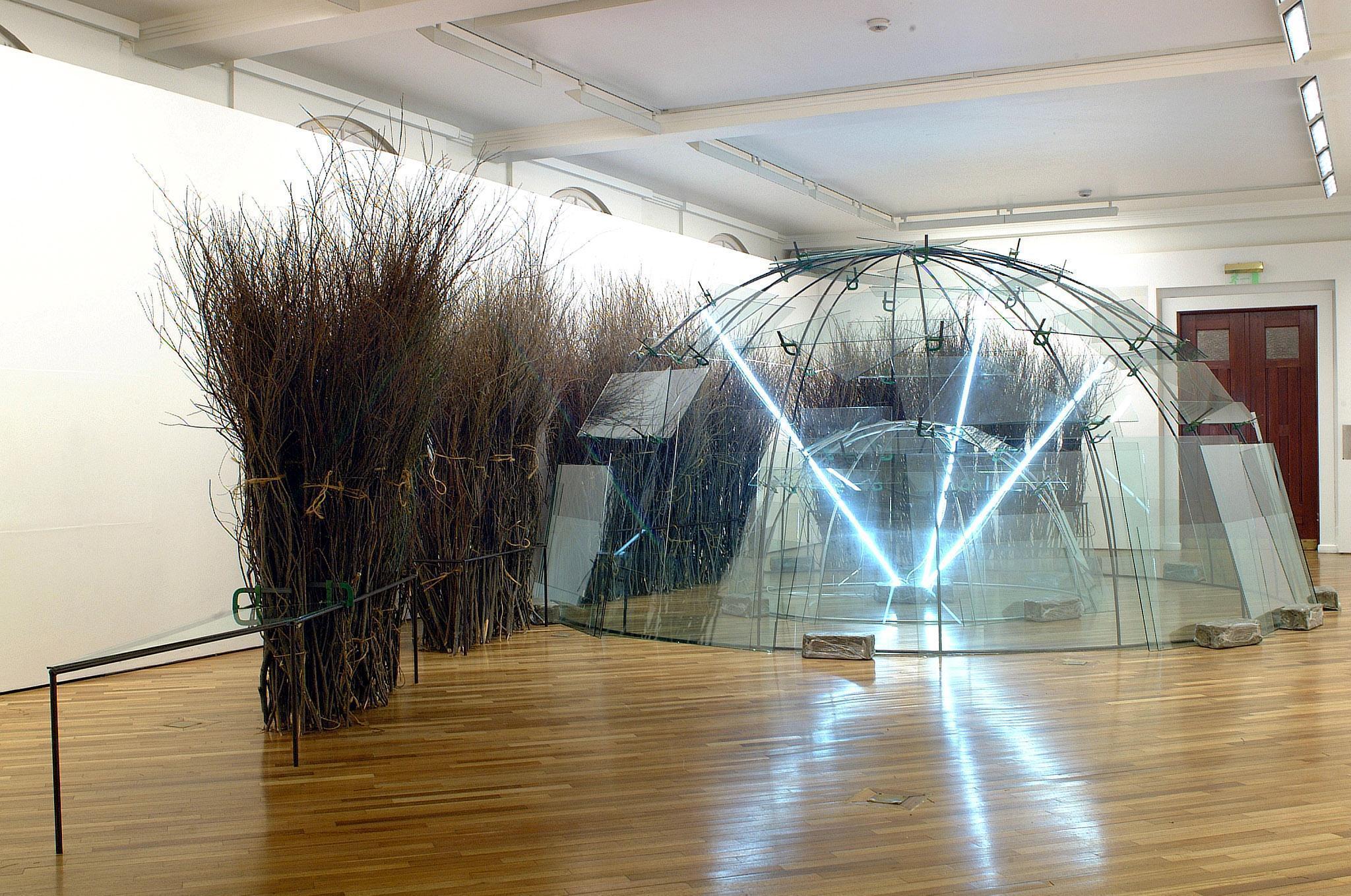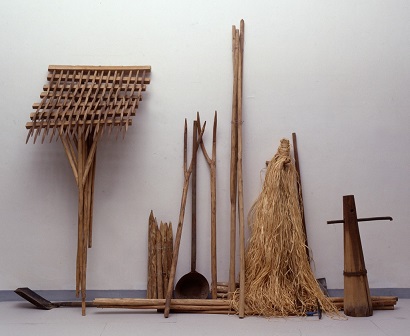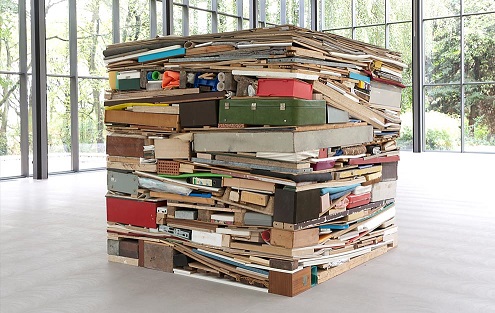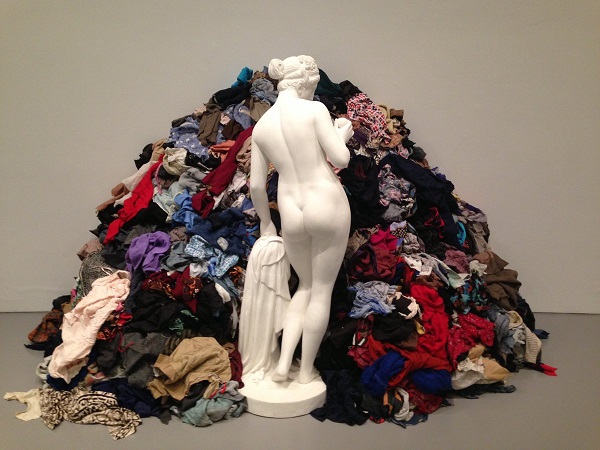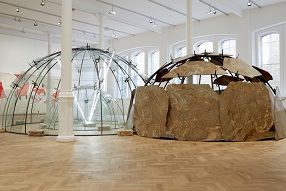材料:“贫困艺术”的环境
材料:“贫困艺术”的环境
卡罗琳 · 蒂斯德尔
封一函 译
《世界美术》1993(3)
它包含了这些因素, 即把艺术作为生活 , 使之反映和融汇日常生话, 同时也对什么是艺术, 艺术应该是什么样等何题提出了疑问。
Key Ideas
Although Arte Povera is most notable for its use of simple, artisanal materials, it did not use these to the exclusion of all else. Some of the group's most memorable work comes from the contrast of unprocessed materials with references to the most recent consumer culture. Believing that modernity threatened to erase our sense of memory along with all signs of the past, the Arte Povera group sought to contrast the new and the old in order to complicate our sense of the effects of passing time.
In addition to opposing the technological design of American Minimalism, artists associated with Arte Povera also rejected what they perceived as its scientific rationalism. By contrast, they conjured a world of myth whose mysteries couldn't be easily explained. Or they presented absurd, jarring and comical juxtapositions, often of the new and the old, or the highly processed and the pre-industrial. By doing so, the Italian artists evoked some of the effects of modernization, how it tended to destroy experiences of locality and memory as it pushed ever forwards into the future.
Arte Povera's interest in "poor" materials can be seen as related to Assemblage, an international trend of the 1950s and 1960s that used similar materials. Both movements marked a reaction against much of the abstract painting that dominated art in the period. They viewed it as too narrowly concerned with emotion and individual expression, and too confined by the traditions of painting. Instead, they proposed an art that was much more interested in materiality and physicality, and borrowed forms and materials from everyday life. Arte Povera might be distinguished from Assemblage by its interest in modes such as performance and installation, approaches that had more in common with pre-war avant-gardes such as Surrealism, Dada and Constructivism.


